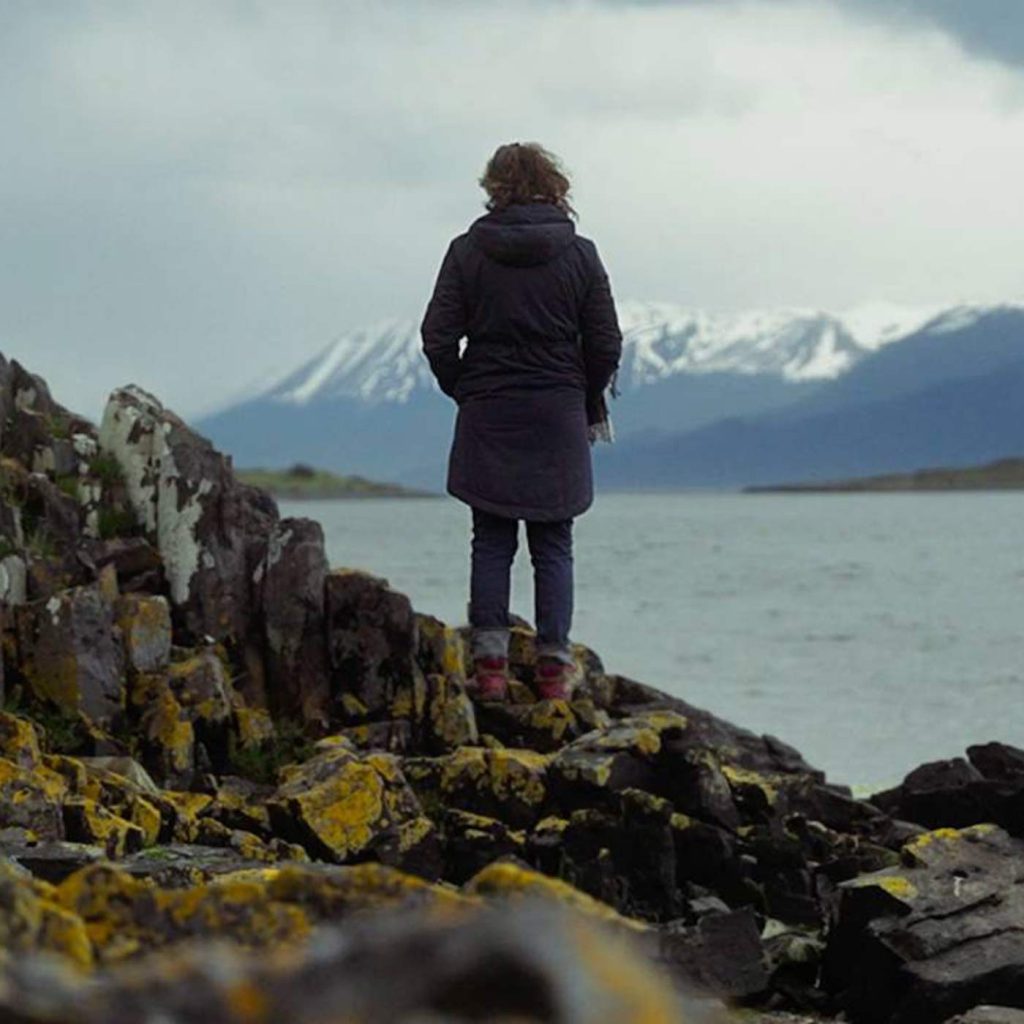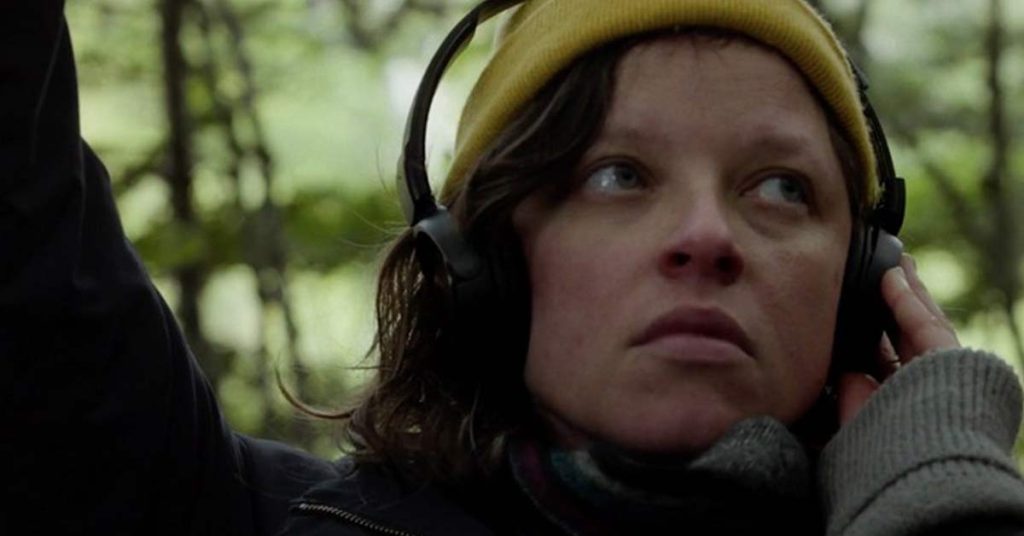In Cuando las nubes esconden la sombra (2024), José Luis Torres Leiva continues his cinematic exploration of human fragility and grief. Without relying on major dramatic devices or technical flourishes, the Chilean director sculpts a work of contemplation and introspection. Here, the passage of time is not a straight line but a thick, slow, emotional haze that settles over bodies and landscapes. The film, anchored in the isolation and silence of Puerto Williams, the southernmost city on the planet, proposes a journey inward: the forced pause becomes the only path to reconnect with what hurts, with what endures. Torres Leiva introduces an actress, also named María, who travels from Buenos Aires to this remote corner of the world to take part in a film shoot. But the unpredictable Patagonian weather brings everything to a halt: the crew is delayed, and the actress is forced to wait, to stop, to live with the unexpected. In that liminal space between expectation and immobility, the protagonist connects—perhaps for the first time—with the local community and her own wounds. This climatic accident, a storm that delays the start of filming, becomes the narrative structure through which Torres Leiva explores the most intimate elements of his cinema: the inevitable coexistence of life and death, of past and present, of loss and redemption.
Patagonia here functions as an emotional body. Its vastness does not appear as a touristic postcard, but as a symbolic space: the immensity, the cold, the rain, and the wind are transformed into metaphors for María’s inner state. Nature does not illustrate; it dialogues with emotion. The isolation of Puerto Williams—that enclave between civilization and the untamed—allows the protagonist, and by extension the viewer, to experience detachment and rediscovery. The film thus opens itself to the immaterial: mourning, nostalgia, memory, that which cannot be explained but still weighs heavily. In this waiting, in this suspension of time, María encounters the everyday life of the island: young mothers, restless teenagers, shopkeepers who speak of recent losses, biologists studying short-lived insects, healers who massage with herbs. All of this unfolds without emphasis or underlining. There are no great revelations, but rather small illuminations. Death is not a dark presence, but a vibration that runs through the surface of each conversation, each gesture, each shared silence. It is not only about physical death, but also the death of bonds, of the past, of certainties.
In this sense, the film allows for a spiritual approach to pain. The indigenous treatment María receives—a bodily purification ritual—is neither exoticized nor aestheticized: it is experienced as a possible way of naming the unnamable. In the figure of the Yagán healer, Torres Leiva delicately weaves together ancestral memory and emotional healing. The film does not aim to denounce or correct colonial wounds (as other recent Chilean films do), but rather to suggest that these traces still persist in contemporary bodies, even in those who arrive from afar. Cuando las nubes esconden la sombra finds its strength in a logic of subtlety. The director distances himself from grandiloquent discourse. His cinema speaks from the minimal: a conversation under the rain, a solitary walk, a voice message recorded to understand what cannot yet be said aloud. María records her thoughts on a device left by the film crew. We don’t know if those words belong to the film she is going to make or if they are part of a personal catharsis. But in that uncertain space—between fiction and reality—the heart of the film takes shape.
In this way, María Alché herself, actress and filmmaker, performs a version of herself. Not because she simply plays her name or biography, but because she embodies a sensitivity that connects her with Torres Leiva’s cinematic universe. Her serene presence, her distant gaze, her body hunched from physical pain, all become vessels through which mourning is turned into cinematic material. María doesn’t perform; she endures. And in that gesture, the film becomes a near-therapeutic experience, not only for the protagonist, but also for the viewer. María’s journey through Puerto Williams is not only geographical—it is also existential. She arrives in transit, waiting for a shoot, and ends up becoming part of the community. Her pain, initially opaque and solitary, dissolves into shared gestures, into the words of others, into physical and spiritual contact with her surroundings. The film does not offer a clear resolution: there is no climax, no redemptive ending. But there is a slow, almost imperceptible transformation inscribed in the rhythms of the place. Grief is not something to be overcome, but something to be inhabited.



